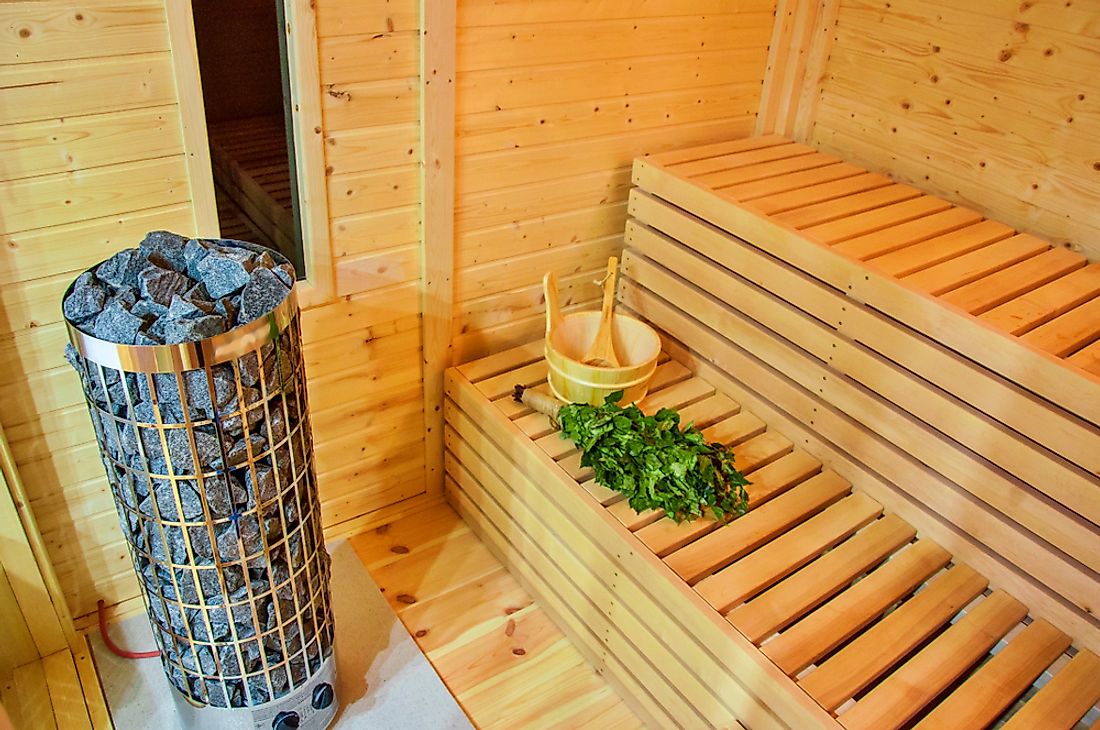The Culture, Customs, and Traditions of Finland

Finnish culture is a combination of numerous native customs which are represented by their national languages (Germanic Swedish and Uralic Finnish), the sauna, and the European and Nordic traditions. Due to their geographical location and history, Finland was heavily influenced by various communities including the Russians, Swedish, plus numerous Baltic and Finnic people. The Finnish culture is built upon their traditional livelihood and their tradition of egalitarianism. Cultural differences still exist between different regions in the country mainly the difference in vocabularies and accents.
History of Finnish culture
Present-Day Finland was part of the Kunda culture up to 5000BC, and from 4200BC to 2000BC it belonged to the Comb Ceramic culture. The Kiukainen culture arrived in the southwestern coastal region around 2000BC. The Swedish crown began incorporating Finland from 1100 to 1200, but the Novgorod tried to gain control of the area, and this resulted in numerous wars which Russia and Muscovy joined from 1400 to 1700. The Swedish dominance in the Baltic region ended in 1721 with the signing of the Nystad peace treaty. The area was annexed to Russia in 1809 for over a century. Both the Russian and Swedish cultures influenced Karelia (the place where the Russian and the Swedish fought).
The people
Finns are the Finnish-speaking people living in Finland. The Finns are divided into smaller subgroups as per their dialect, but the internal migration and urbanization have reduced the importance of the grouping. Their society encourages liberalism and equality. Their traditional religious beliefs were heavily influenced by the Norse and Baltic paganism, which changed during the twelfth century when Christianity arrived in Finland. Currently, about 1.1% of the population worship in the Finnish-Orthodox church while 72.8% belong to Evangelism Lutheran Church.
Native subcultures
Finland has a long history of subcultures with the biggest being the Swedish-speaking Finns. The Swedish speaking Finns have their Swedish daily newspaper based in Helsinki and the Swedish People’s party which has been a crucial part of their culture. The Swedish speaking Finns have their traditions. Another subculture in Finland belongs to the Sami people who live in the Lapland area. The native language of the Sami people is not Finnish, and they lead a nomadic lifestyle just like the Gypsies who have been in Finland since the seventeenth century.
Festivals and traditions
The traditions and holidays in Finland are a perfect blend of their pagan customs and Christianity. Their Christmas follows the Christmas trees tradition and Advent calendars. The Finnish Christmas starts on December 23 and ends after December 26. Gifts are given on Christmas Eve, and people eat on Christmas day which is followed by sauna.
The Finnish Easter holiday is a blend of Pagan and Christian customs. The children usually dress up and go around giving Daffodils door to door and getting sweets in return on the Holy Saturday or Palm Sunday. One of a pagan tradition done during the Easter weekend is burning of bonfires to keep the witches away. The exchange of Daffodils for sweets resembles the Halloween holiday.
A sauna is a dry steam bath that is widely popular in Finland. Saunas have a Proto-Finnish origin which dates back to 7,000 years ago. The purpose of saunas is to bathe while the heat helps with cleansing and opening up of the skin pores.











